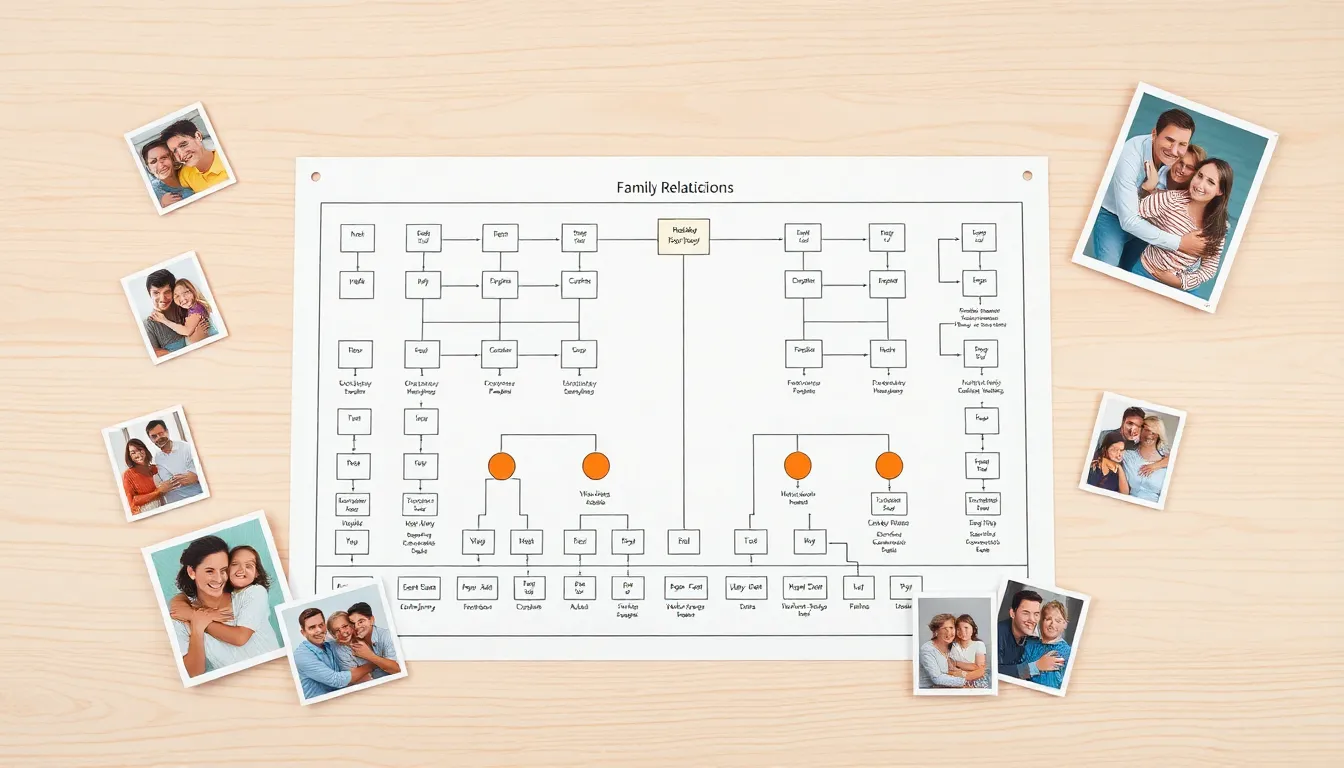we-are-dust.com
Embracing Bonds: Nurturing Relationships and Family Connections
In the tapestry of life, our relationships and family form the most intricate and cherished threads, weaving together moments of love, support, and growth.
Welcome
A Few Words About Us
At We-Are-Dust.com, we believe in the transformative power of personal growth, the vitality of fitness and health, and the enduring importance of relationships and family. Our platform is a sanctuary for individuals seeking to thrive in every aspect of their lives. Through insightful articles, expert advice, and supportive community engagement, we strive to inspire, educate, and empower our readers on their journey towards holistic well-being. Whether you're pursuing self-discovery, aiming for physical vitality, or nurturing connections with loved ones, We-Are-Dust.com is your trusted companion, guiding you towards a fulfilling and balanced life.
Relationships & Family
Bonds That Bind: Cultivating Strong Relationships
Rooted in love and nurtured through shared experiences, our relationships and family connections are the cornerstone of our lives.
Personal Growth
Growing Beyond: Embracing Personal Transformation
Personal growth is the continuous journey of self-discovery and development, unlocking our true potential and reshaping the fabric of our lives.
Fitness & Health
Vitality Unleashed: Prioritizing Fitness and Health
Fitness and health are the keystones of a vibrant life, empowering us to thrive and embrace each day with vitality and vigor.
Testimonials
What Our Readers Say

“We-Are-Dust.com has been a beacon of inspiration on my journey of self-discovery. The articles are insightful, the community supportive, and the resources invaluable. Thank you for guiding me towards a path of growth and fulfillment.”
Mila Douglas

“As someone passionate about holistic well-being, I’ve found We-Are-Dust.com to be an indispensable resource. From fitness tips to relationship advice, this platform offers a wealth of knowledge presented in an accessible and engaging manner. I highly recommend it to anyone committed to personal growth and thriving in every aspect of life.”








